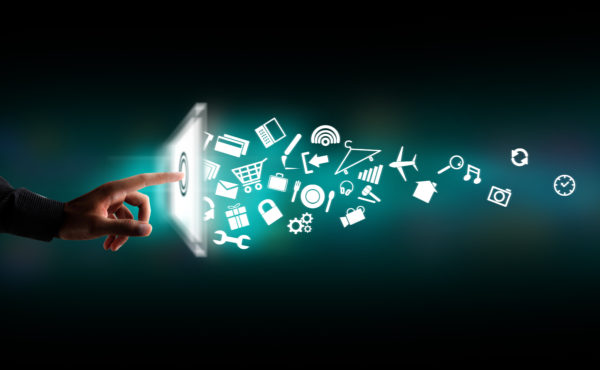What is fog computing and what does it mean for IoT?

by Joachim Brathen, readwrite
Fog computing refers to decentralized computation at the edges of the network, as opposed to being centralized in data centers. By distributing computing to the edges, the results will be sent to the cloud, not the raw data itself. This shift in paradigm will tremendously reduce the need for increased bandwidth and computational power in the cloud.
The Internet of Things is projected to grow to as much as 20-30 billion connected devices by 2020. The amount of data being created and subsequently sent to the cloud is therefore set to increase exponentially as a new set of devices achieves connectivity.
Storage and computing power increases according to Moore’s law, that is they double about every 18 months, yet bandwidth is increasing at a far slower pace. Some estimates place bandwidth growth at less than 40% per year. The implication is of course that there will be more data wanting being sent to the cloud then there will be bandwidth. Enter the fog computing paradigm.
See also: How does fog computing differ from edge computing?
Fog computing refers to decentralized computation at the edges of the network, as opposed to being centralized in data centers. By distributing computing to the edges, the results will be sent to the cloud, not the raw data itself. This shift in paradigm will tremendously reduce the need for increased bandwidth and computational power in the cloud.
Centralized computing in the cloud has provided several benefits for enterprises. Scalability, easy pricing schemes and minimal upfront cost are among the big ones. However cloud computing have certain disadvantages. Foremost latency and delay jitter, as well as there being a higher probability for security breaches when large amounts of data is moved through networks.
Fog computing greatly reduces the amount of data being sent to and from the cloud, reducing latency as a result of local computation while minimizing security risks.
Companies using cloud computing for analytics often need it fast. The most relevant data is often the most recent data, and most companies need to be able to act on that insight in real time. You will not need to wait for data to be sent around the globe, analyzed in the cloud then sent back. We should then ask what computations can be done closer to home, and what should be in the cloud.




